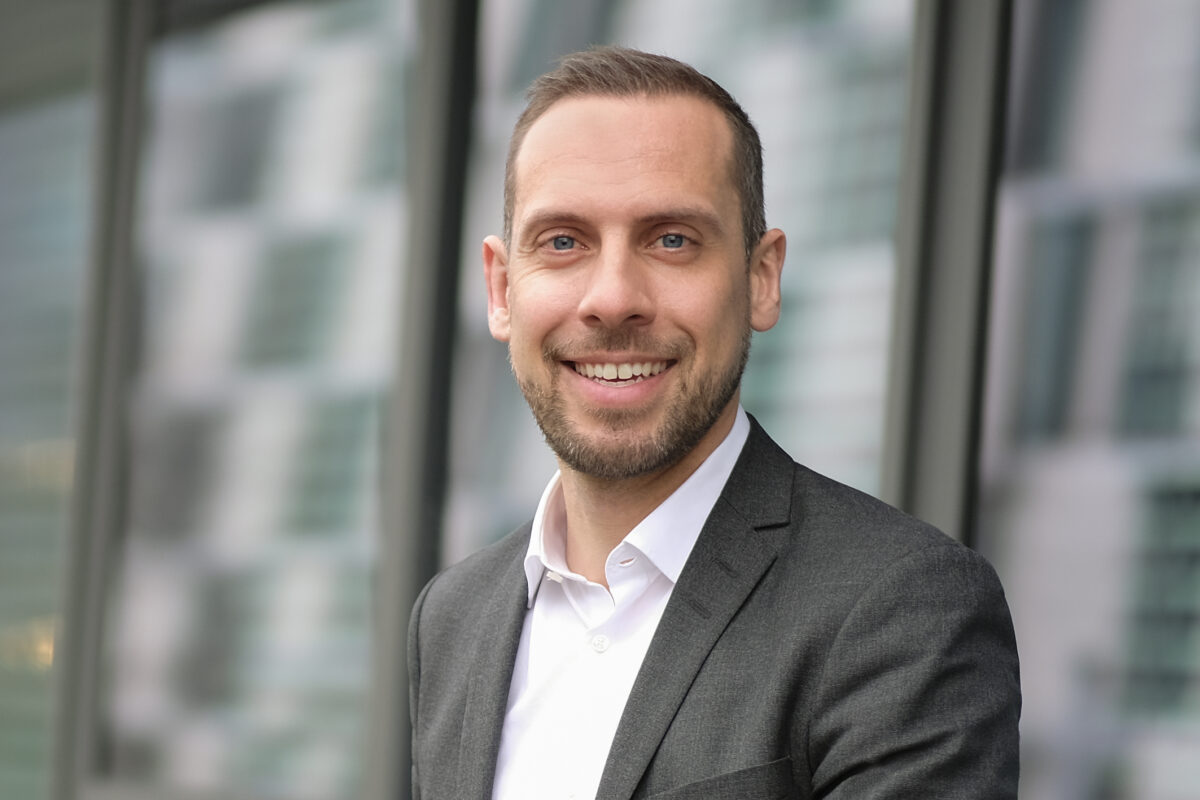Statkraft said it sees a lot of momentum in the hydrogen space across Europe, but “few actual investment decisions so far as the EU regulatory challenges are complicating the development.” The Norwegian company has proposed a number of “clarifications” to current legislation, underscoring the importance of “improving electrolysis economics” by using diversified renewable energy portfolios instead of single renewable assets.
Statkraft said the full-load hours for solar are between 800 to 2,000 hours per year, depending on where projects are in Europe.
“But this doesn't mean that one can use the full generation of a solar plant for a hydrogen plant, as it would require massive over-sizing of your hydrogen plant, which would not be economic,” said Norway's largest energy producer. “In our view, hydrogen projects should be able to tap into different renewable energy sources.”
When mixing onshore wind and solar, the situation reportedly improves.
“Combining single onshore wind and solar plants improve the utilization rate of the electrolyser to up to 60%, but it would still result in 20% excess production,” said Kornek.
According to Statkraft, hydropower from large reservoirs is the closest to a cost-competitive power source that can be derived as a stable 24/7 baseload supply over most of the year.
“In Scandinavia, where power markets are already largely carbon-free, hydrogen projects can tap into existing hydropower,” said Kornek.
Kornek agrees with other experts that storage and transportation will be the primary drivers of the change leading to a commoditized market. A flexible market will emerge in the next 15 to 20 years. But he is worried by the legislative developments.
Statkraft's Kornek said that companies did not proceed with many investment decisions because of the “EU regulatory challenges.” Kornek adds that a first indication of the impact of the new rules will emerge more clearly in the coming 12 to 24 months.
“The Delegated Act as currently written makes it very complicated to realize the green hydrogen targets in Europe. In particular, the strict requirements on additionality, temporality, and geographical correlation will be extremely difficult to comply with and will make green hydrogen more expensive than necessary,” Kornek told pv magazine.
“Already today, we face caution from the side of potential hydrogen producers to conclude PPAs for hydrogen production,” said Kornek. “It is therefore of utmost importance to accept PPAs with an intermediary as a contracting party either through adapting the Q&A document or, ideally, through amending the definition according to RED III (2023/2413).”
From Statkraft's point of view, intermediaries such as utilities, traders and aggregators, are more than facilitators and will be crucial to accelerating the build-out of green hydrogen projects in Europe.
“Intermediary companies play a crucial role in integrating intermittent renewable energy in the market, warehousing and managing energy risks as well as leveraging portfolio effects,” it said. “Thereby they improve the overall market efficiency. Intermediary companies are contracting parties and not only facilitators of the PPA contracts.”
According to Pexapark’s PPA tracker, 38% of the 48 GW of PPAs that have been published since 2018, are so-called utility/trader PPAs concluded with an intermediary company.
According to Statkraft, a well-functioning market is the most effective tool to ensure profitability in renewable energy and, thus, the best facilitator for developing new renewable power production and hydrogen projects.
This content is protected by copyright and may not be reused. If you want to cooperate with us and would like to reuse some of our content, please contact: editors@pv-magazine.com.



All far far too complicated. It would be better is there was one central buyer of electricity, which would then offer elec @ a fixed price to electrolyser operators – who would in turn sell the H2 to one central buyer – oh look, the European Commission will start to collectively buy green H2. The entrie article is predicated on markets delivering a solution. They can’t they won’t, not if you want de-carb fast and at a low cost. Energy markets simply game the system, always have, always will.